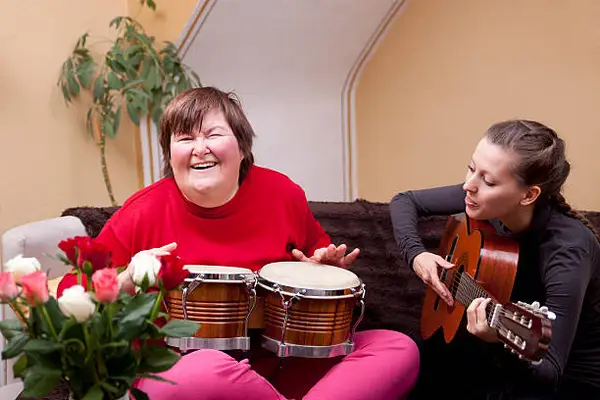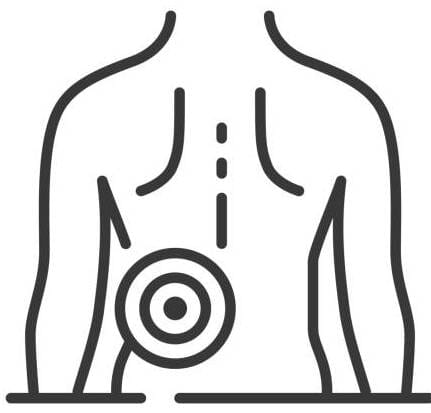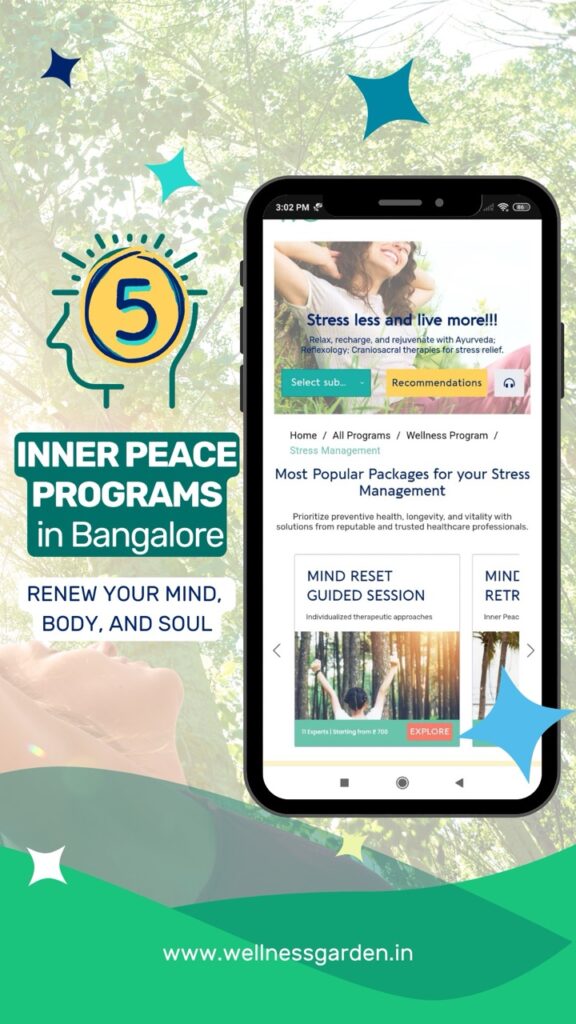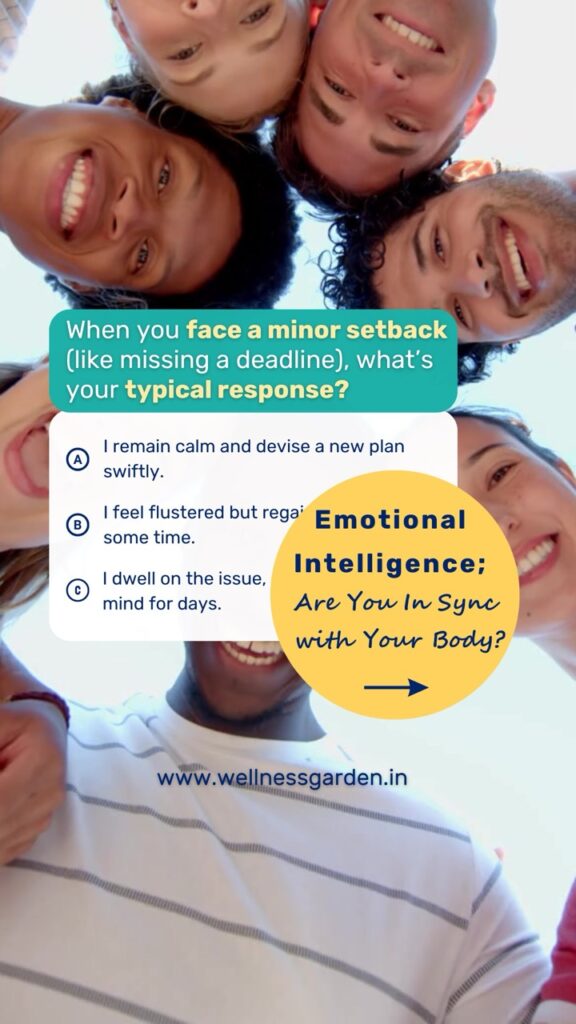How Therapeutic Sounds and Music Therapy Transform Trauma Recovery?
- Harmony
- 3 Min
- June 14, 2024
- Ryan Adamov
- Anxiety, MindBody, Sound
The study of alternative therapies has grown in prominence in a time when psychological well-being and mental health are receiving more attention. Among these, music treatment has become rather popular, especially because of its ability to treat trauma. Though it sounds melodious, the question “Can music heal trauma?” has strong scientific foundations and real-world implications. With the help of up-to-date research and clinician findings, this article explores the therapeutic sounds, the efficacy of sound, and the influence of healing music on trauma rehabilitation.

Introduction
Trauma develops long-lasting impacts on the body and mind that can lead to a variety of mental, emotional, or physical difficulties. A rising amount of research indicates that music and sounds can have a major healing impact, even if standard methods like cognitive behavioral therapy (CBT) and medications are frequently used to treat trauma. Everybody has gone through trauma at a certain point in their lives, according to music therapist, Katie Down lives in New York City In the article of pitchfork.
Addressing Therapeutic Sound
The term “therapeutic sound” refers to a variety of approaches that employ rhythms, music, and waves of sound to aid in healing. It relies on the idea that music has the power to affect how the body and brain function, possibly bringing equilibrium and harmony back. According to research, connecting with one’s nervous system through therapeutic music and sound can help people feel less traumatized. This relationship reveals the important impact that music can have on our mental and physical health.
The World Federation of Music Therapy claims that specific musical aspects, such as sound, tune, tones quality, melody, tempo, peace of mind, and melody, are included in music therapy. This stimulates pleasant relationships, movement, and improved emotions.
The Healing Power of Sound in Trauma
The idea of using music and sound in therapy is not new. Music has long been applied as a form of healing in various cultures. This technique is supported by present-day studies, which shows how music can influence brain activity and foster neuroplasticity, the brain’s capacity to transform itself through the formation of new neural connections. Because neuroplasticity allows the brain to recover from the fluctuations brought on by traumatic conditions, it is essential for trauma rehabilitation.
Neuroplasticity and The art of music
According to research published in 2017, music can greatly enhance neuroplasticity, even when linked with artistic interests like dancing, painting, video games, and physical activity. Investing in such tasks stimulates the brain, promoting the development of new neural connections that may enhance mental wellness in general, emotional control, and cognitive abilities. In specific, music therapy has been proven to elevate mood, boost memory and learning of new materials, and raise the ability to concentrate.
How Therapeutic Sounds/Music Works?
A lot of mechanisms explain how music helps people recharge from trauma:
- Emotional Control: People can safely discover and convey how they feel in a safe environment as music has the ability to evoke and regulate moods.
- Cognitive Interaction: Listening to music can increase memory and learning, as well as help people rebuild their brain systems.
- Benefits to Physiology: Rhythmic melody may regulate brain waves, which encourages sleep and lowers stress signs.
- Enhancing Quality of Life: By giving trauma survivors a feeling of joy, happiness, and a reason, music therapy can improve their standard of life.
- Reducing Stress: Soothing music has the ability to lower levels of cortisol, which in turn reduces stress and fosters sleep.
How does the Music Therapy session start?
A variety of holistic health-focused treatments, such as music therapy(2024), are frequently provided by wellness clinics. The usual approach used in our wellness centers to provide music therapy is as follows:

1.The first session normally starts with a visit to find out about the individual’s requirements, history, and trauma. This makes it easier to modify therapy to meet each patient’s unique needs.
2. Scheduled Sessions: Our professional experts provide music therapy programs that are carefully planned. They might consist of:
- Active Music Making: Individuals express their feelings and feel a sense of purpose by improvising, singing, or performing instruments.
- Friendly listening: Streaming particular kinds of music to help people unwind and feel less anxious.
- Guided Imaging and Music (GIM): An approach in which patients utilize music in order to bring up subconscious images which help in exploring and processing of their feelings.
3. Groups Counseling: A lot of health care facilities give group music therapy meetings, which boost the therapeutic sounds effects even more by offering social assistance and a forum for sharing experiences.
Additional Tips
According to technological advances, music therapy is now accessible visually, allowing for therapeutic sounds sessions to take place in the ease of your own home. Here’s how to apply the following strategies:
- Online Therapy Sessions: Licensed music therapists can conduct live, interactive sessions via platforms such as Zoom or Skype. Such convenient and flexible meetings can be just as beneficial as therapy in person.
- Directed Videos and Applications: Pre-recorded lessons and assisted videos are available on a number of apps and web platforms. Anyone can use these tools to participate in musical therapy techniques like guided display, therapeutic music choice, and methods of relaxation.
- Simple Do It Yourself: Make a playlist of energizing and calming songs, play or sing musical instruments for up to fifteen minutes per day, or use musical apps. You may also use apps to assist you through musical practices for periods of meditative listening and calm.
What risk factors may come with music therapy?
Music therapy is relatively safe and harmless. Yet, you may have unpleasant or surprising thoughts when listening to music.
Your music counsellor will discuss your life incidents with you in an effort to lessen the likelihood of this occurring. This includes any traumatic memories or other factors that might affect how you react to music.
Conclusion
The sounds and melodies have huge therapeutic power to heal trauma. The deep connections that therapeutic sound makes with the human body and brain allow it to support neuroplasticity, emotional control, and general wellbeing. Music therapy is proving to be a useful tool for trauma healing as additional research backs up its advantages.
During the use of guided meditation, music and movement programs, or soothing music, people may tap into the healing power of sound to help them through their trauma journey. Those who have experienced trauma can discover fresh avenues for healing and life restoration with the support of certified music therapy professionals under wellness garden
A Word From WG
Wellness Garden is your committed partner in seeking comprehensive natural and holistic therapies to address all your pain and wellness requirements. Our approach encompasses the entirety of your body, mind, and environment, integrating body, mind, and nutrition therapy and various other back pain therapies and techniques.
Whether facing physical or mental health concerns, life hurdles, or simply aiming to enhance your overall well-being, we’re here to provide the support you need. Get in touch with us to explore the possibilities and embark on your journey towards holistic therapy and improved health.
- Table of Contents
- • Introduction
- • How Therapeutic Music Works?
- • Steps of session
- • A Word From WG
Recent Posts
Join Our Newsletter
End note from WG Team
Ryan Adamov
Music Therapist, CEO at Clear Sky Music and Sound Therapeutic, U.S
Disclaimer: This information is provided for educational purposes and should not be construed as medical advice. Please consult with healthcare practitioners before undertaking any changes in wellness routines or adding new therapies.
Latest Blogs
Check out some of your blogs related to your interest.
- June 19, 2025
- 3 Mins

- June 17, 2025
- Dr. Amod Manocha
- 2 Mins
- June 13, 2025
- Dr. Sreedhar Pulipati, B.N.Y.S
- 3 Mins
- April 12, 2025
- 2 Mins







